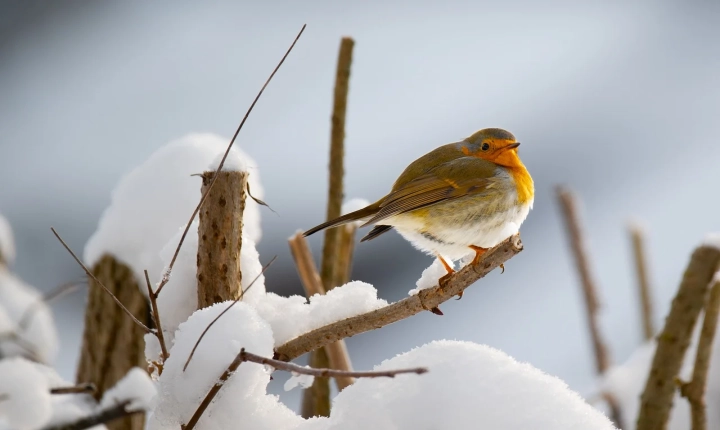Title: Can AI Make Images? Exploring the Capabilities and Implications
From generating digital art to identifying objects in photographs, the potential for artificial intelligence (AI) to create and interpret images has expanded rapidly in recent years. While AI has shown impressive capabilities in analyzing and understanding visual information, the question of whether AI can truly “make” images, or be considered an artist in its own right, raises a host of complex and intriguing considerations.
The ability of AI to generate images has been demonstrated through various techniques, including generative adversarial networks (GANs) and deep learning algorithms. These systems can produce realistic images from scratch, often indistinguishable from those created by human artists. Additionally, AI has been used to assist in enhancing and modifying images, whether for creative expression or practical applications such as medical imaging or environmental monitoring.
One common use of AI-generated images is in the field of digital art. Artists and researchers have explored the use of AI to create compelling and evocative visual compositions, blurring the lines between traditional artistic expression and technological innovation. For some, the use of AI in art raises questions about authorship, creativity, and the role of human intention in the creative process.
AI’s ability to interpret and understand images has also revolutionized fields such as computer vision and image recognition. Through deep learning and neural networks, AI can now identify objects, faces, and even emotions in images with a remarkable degree of accuracy. This technology has broad implications, from improving healthcare diagnostics to enhancing surveillance and security measures.
The implications of AI’s image-making capabilities are multifaceted. On one hand, AI offers the potential to democratize creativity, enabling a wider range of individuals to engage in artistic expression and visual storytelling. The ability of AI to quickly generate and iterate on visual ideas also holds promise for innovation in design, marketing, and other creative industries.
However, the rise of AI-generated images also raises ethical and philosophical questions. As AI becomes increasingly proficient at mimicking human creativity, concerns about originality, intellectual property, and the commodification of art have come to the forefront. Furthermore, the potential for AI to perpetuate biased or stereotypical representations in images, particularly in image recognition and content generation, has sparked important conversations about the responsible use of AI in visual media.
Ultimately, the question of whether AI can “make” images goes beyond technical capabilities to touch on fundamental questions about human creativity, collaboration, and the boundaries of artistry. While AI has the power to generate visually stunning and thought-provoking images, the essence of creativity lies in the ability to imbue meaning, emotion, and intention into the artistic process. As AI continues to evolve, the interplay between human and machine in image-making will undoubtedly shape the future of visual culture and creative expression.
